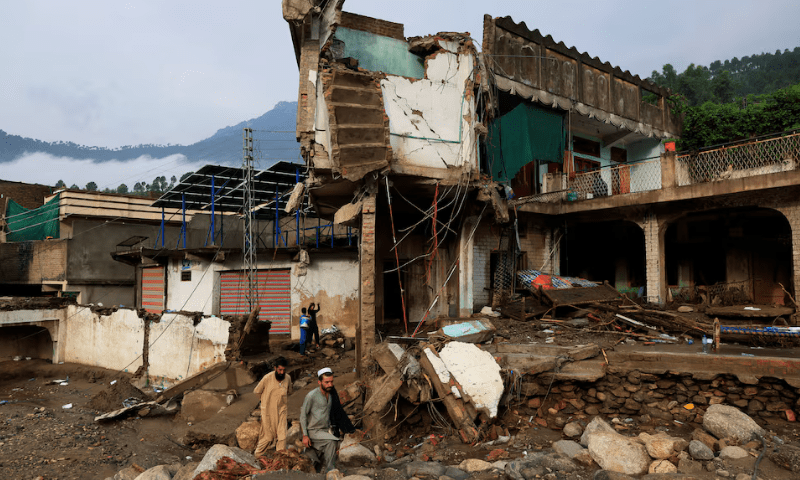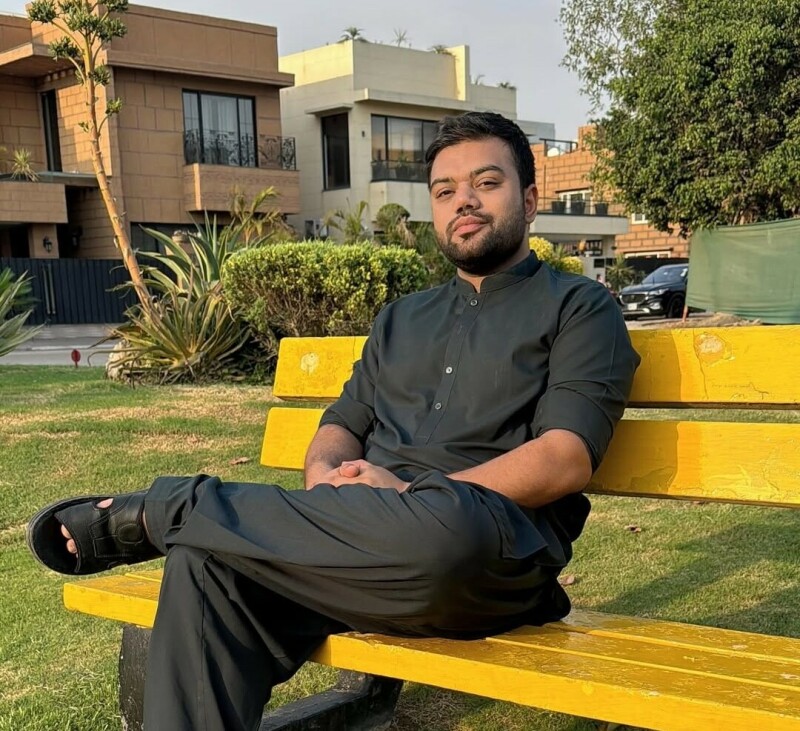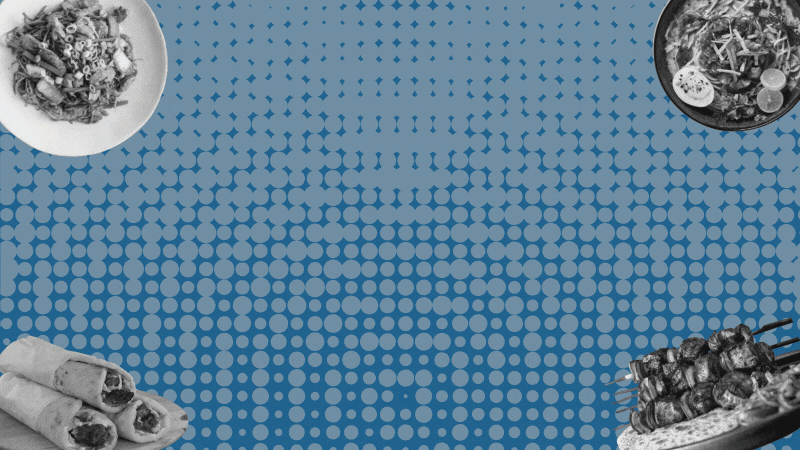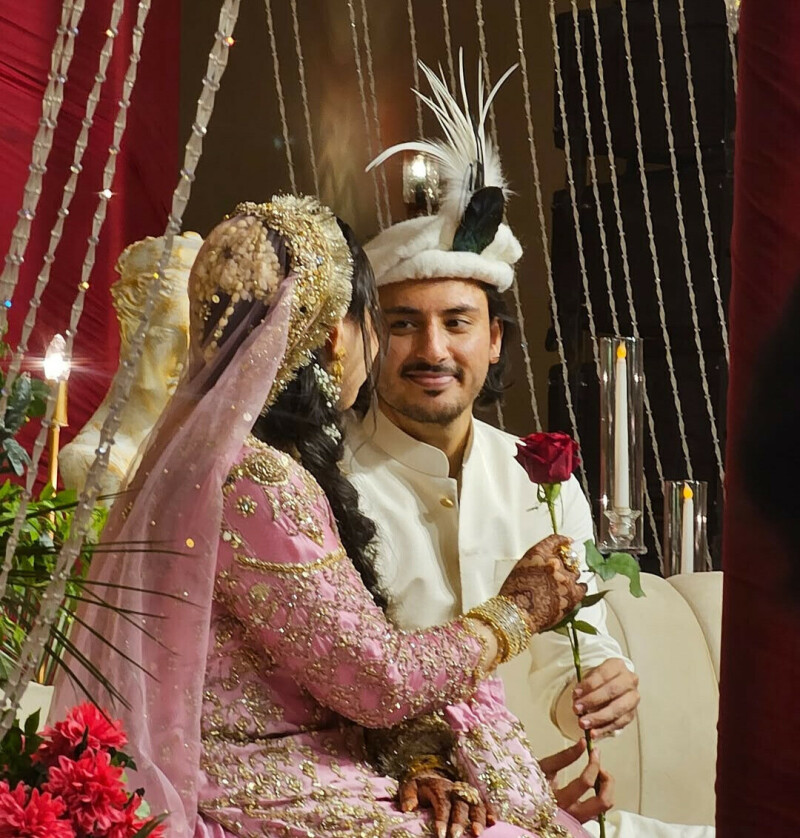International fashion had its star moment at the BRICS+ Fashion Summit in Moscow
Fashion was in the air — and on the runway — at the BRICS+ Fashion Summit in Moscow at the start of December. With 10 fashion shows featuring 13 designers during the five-day event, the summit was bursting with style — and you know how we love fashion.
From Hany El Behairy’s glamorous gowns to Shruti Sancheti’s handwoven masterpieces, the pieces on display were quite diverse and, in my opinion, for a variety of audiences. There was no set audience to which these clothes were being marketed.
From over-the-top glam to muted elegance, there was something for everyone. Check out this list of my favourite designers (and their designs) from the summit.
Hany El Behairy

The top spot absolutely had to go to Hany El Behairy of Egypt. His stunning designs oozed glamour and elegance as well as the kind of bling we’re used to seeing in Faraz Manan or Elan designs in Pakistan.

With the kind of intricate bead and thread work in his designs, is it any wonder that he created what was then the most expensive dress in the world — worth a whopping $15 million? According to the designer, he used real jewels in the dress — which were later returned to the jeweller, of course.
He told Images that he came to the BRICS+ Fashion Summit to present his new collection because he was looking for collaborations — be it through the purchase of new materials, inspiration from the culture or deals. “Designers from all over the world are excited to come to Moscow. I know Moscow and Russia [have a really good background] in dresses, fabric and fashion, so for me, it was perfect.”

His inspiration, he said, comes from museums — specifically the Louvre in Paris. Ever since he was young, Behairy has been interested in embroidery — an interest encouraged by his mother and grandmother, who taught him how to embroider.
That love continues today, especially in his designs which are bold, loud and beautiful. People, he said, have told him to make clothes that are a bit more simple, perhaps to attract more customers, but that isn’t his style.
Arzu Caprol

Turkish designer Arzu Caprol’s designs were all about sleek glamour and shimmery elegance.
Unlike Behairy’s, most of her designs seemed more appropriate for clubs or parties as opposed to weddings or balls but her designs had the same wow factor Behairy’s did.

The use of beadwork and different materials made Caprol’s designs quite eye-catching.

This dress was one of my favourites simply due to how over the top yet understated it is. There’s no beadwork or embroidery — it stands out solely based on the colour and the design.
Shruti Sancheti

There’s something to be said for avant garde fashion but, in my opinion, there’s even more to be said for fashion that makes it off the runway and into people’s closets. Some clothes look nice to look at but most people can’t actually see themselves wearing those clothes.
That’s why I liked Shruti Sancheti’s collection so much — hers were clothes I could see myself or other people wearing. Mixing traditional materials and designs with streetwear elements, I enjoyed both her show and checking out her clothes in person at the B2B showroom at the summit.

Sancheti told Images that the fabric used in her line, Hut to High Streets, was entirely handcrafted.
“In parts of South East Asia, we still have hand-weaving as a tradition and all my fabrics are handmade and handcrafted. And what we’ve done is add a very contemporary touch to the garments because though these textiles are beautiful and our country has this unsurpassed legacy of textiles and crafts we realise that what was relevant years ago is not relevant now,” she explained.

“The whole idea is to take India to a global arena and so [my clothes] are a merger of international styling with Indian craftsmanship and the result is easy separates that anyone in the world can wear.”
And a merger they are indeed — long baggy dresses, flowing pants and comfortable shirts paired with long coats lined with traditional tassels and prints, her clothes were a mix of traditional and contemporary.
Ritesh Kumar

Comfort seemed to be an overarching theme with the Indian designers who showcased their work at the BRICS+ Fashion Summit.
Ritesh Kumar, another designer from across the border, showcased far more contemporary fits, playing with materials and jacket silhouettes to create more casual outfits that I could see on any high street in the world. I especially liked the materials used in his designs, which like Sancheti’s, looked incredibly wearable.
Naushad Ali

If Kumar’s designs were ultra modern, then designer Naushad Ali was a mix of modern and traditional, incorporating traditional embroideries and patterns to create more feminine, flowing silhouettes that wouldn’t be out of place anywhere.

I may be belabouring the point, but all of the Indian designers had clothes that looked like they were meant to be worn. These were no collections made for magazines and runways alone — these were made for people to wear and I loved that so much.
He described the experience of being at the summit in Moscow as “amazing”. “It’s been an amazing experience to be alongside fellow designers from India. We showcased something incredible from different parts of India with craftsmen and each of us did a very unique collection in its own way and what better way to talk about India on an international platform?” he told Images.
Khanijo

Perhaps one of my favourite designers at the summit was Gaurav Khanijo, who seamlessly blended modernity with eclectic designs, showcasing a range of menswear that we need to see men wearing.
There was colour, there was playing with embroidery and patterns and there was gorgeous mehndi.

Though some of the clothes may seem too outré for everyday wear, I think they could be the statement pieces so many men need in their closets. Get rid of the boring black coats and pants and get yourself something that makes people do a double take.

The additional details of the mehndi on the models’ hands and feet and the anklets around their ankles was amazing — giving his show a touch of personalisation and colour.
Aldrè

Indonesian designer Aldrè wowed with his designs that combined asymmetrical cuts, black and white accents and — rather perplexingly — dragon scales and horns.

The designer was able to use these interesting elements to create eye-catching pieces that were as at home on the runway as they would be on the streets. Like the true Pakistani I am, I had to go get a feel for the clothes — literally — and the dragons were made of what seemed to be a hard, heavy plastic.

Aldrè’s designs are also wearable, at least in my eyes. His would be statement pieces, lighting up your wardrobe and giving your basics the upgrade they truly need.

The most interesting thing to me was how each designer I spoke to wanted to reach new audiences with their clothes. None of them were making clothes just for their own country-people — they wanted their clothes to reach new people and they all believed coming all the way to Russia was the way to do it.














